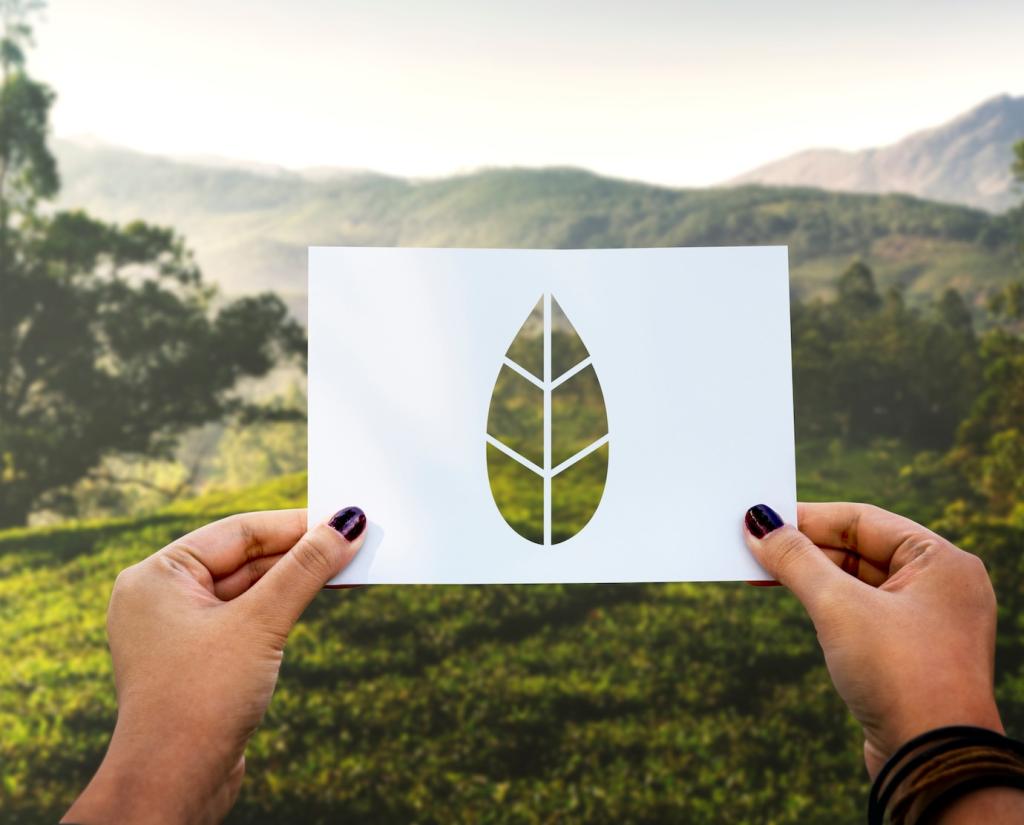Cost-Efficient Upcycling for Environmental Health
Chosen theme: Cost-Efficient Upcycling for Environmental Health. Welcome to a space where frugality fuels creativity, and every repurposed item becomes a step toward cleaner air, healthier homes, and a lighter footprint. Subscribe, share your wins, and help build a thrifty, planet-positive community.
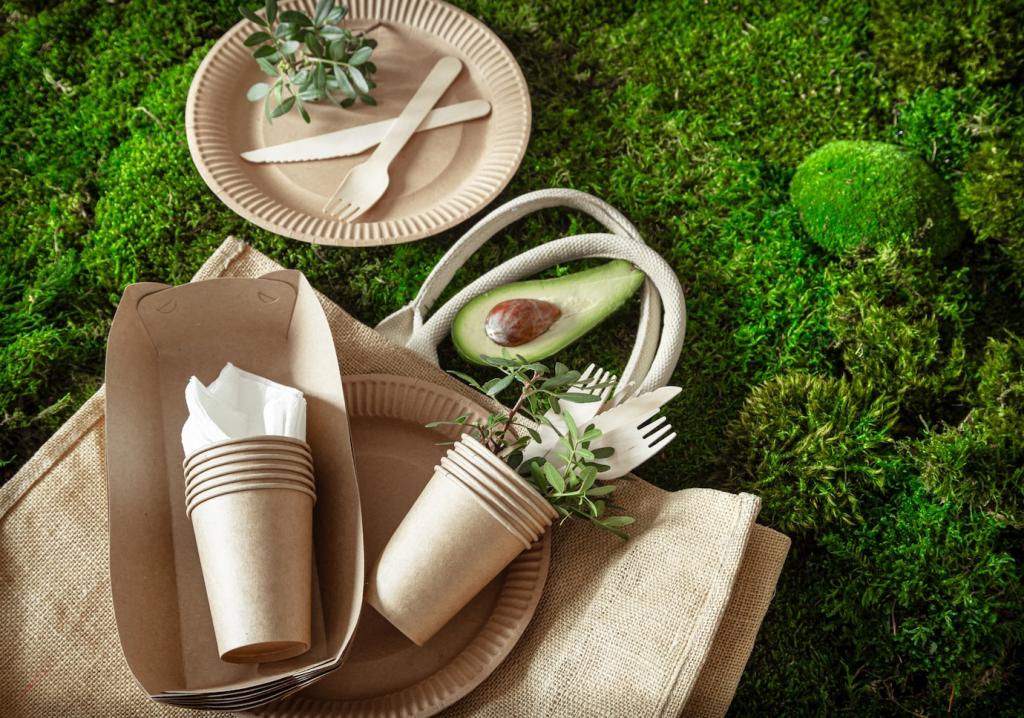
Cut Costs Without Cutting Quality
Upcycling redirects value already in your home—wood offcuts, jars, broken furniture—into durable, useful items. You avoid retail markups, shipping emissions, and impulse buys, while learning repairable designs that outlast cheap, disposable alternatives and keep toxins out of your living space.
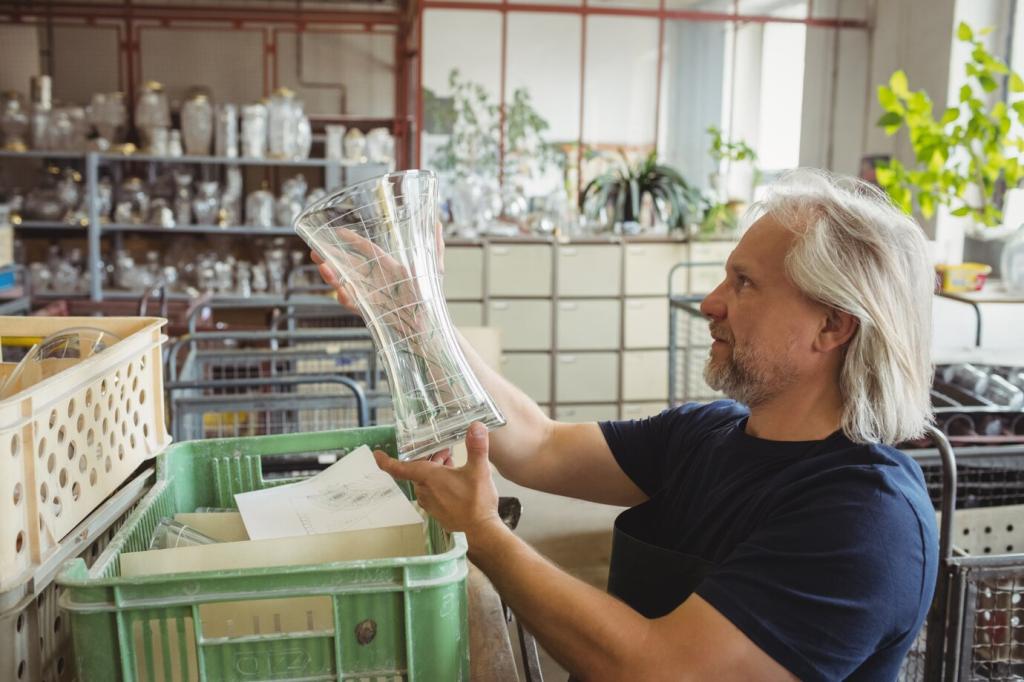
Savings That Compound
When you reuse materials, you also reuse tools, patterns, and skills. Each project teaches techniques that reduce future costs, from choosing low-tox finishes to building modular parts. Over time, this creates a budget-friendly habit with measurable health and climate benefits.
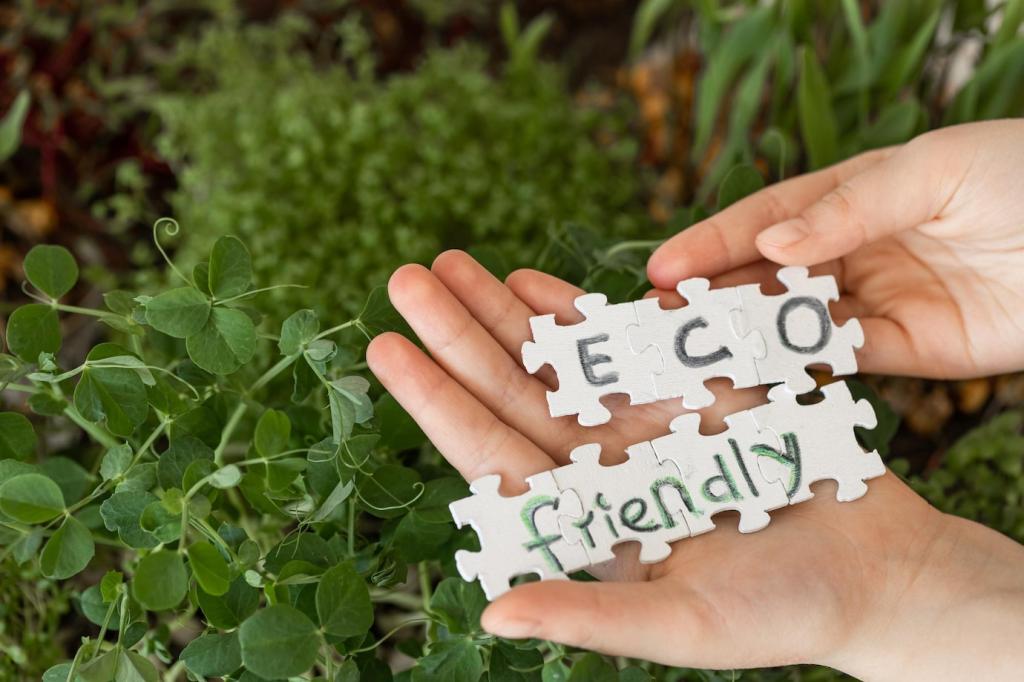
Hidden Health Dividends
By repurposing materials thoughtfully, you can avoid adhesives with harsh solvents and reduce dust from poorly finished products. The result is cleaner indoor air, fewer microplastics, and a safer home for kids, pets, and plants—all achieved on a minimal budget.
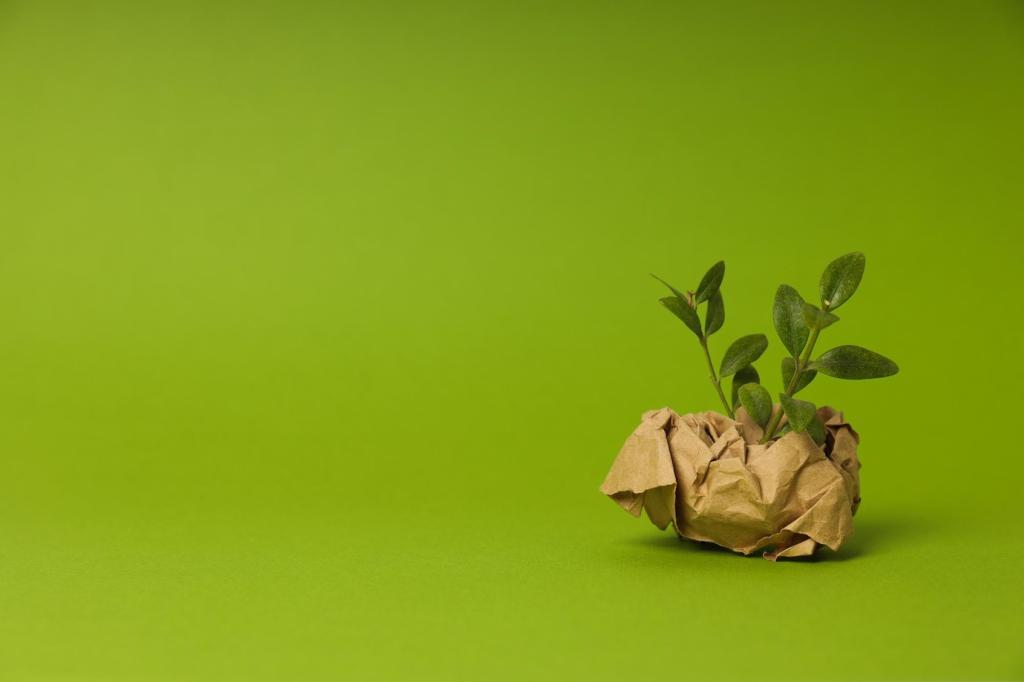
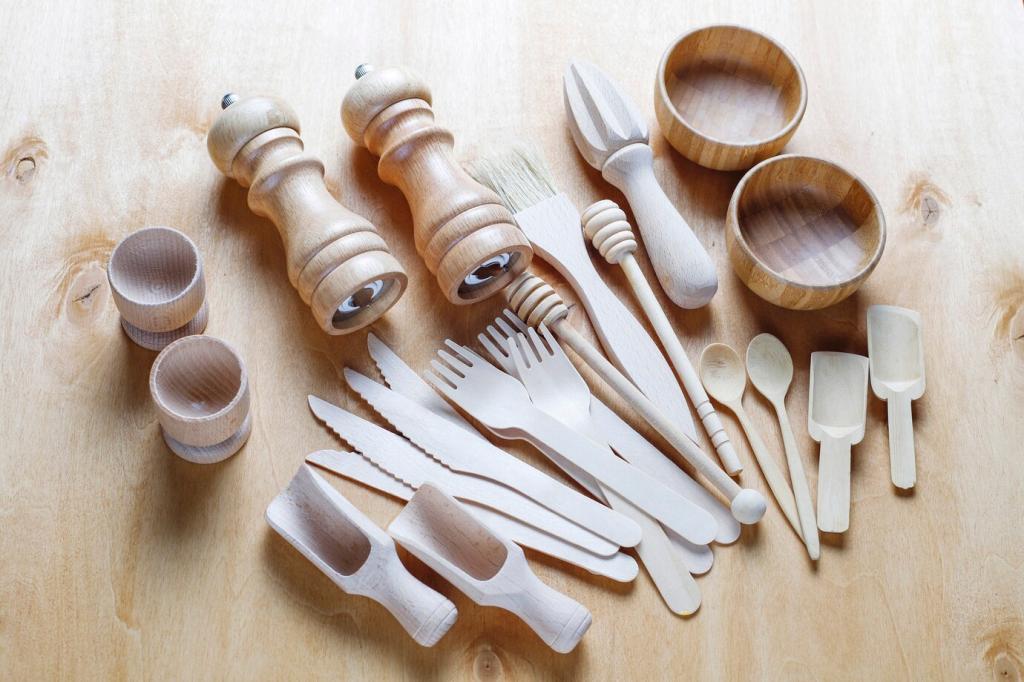
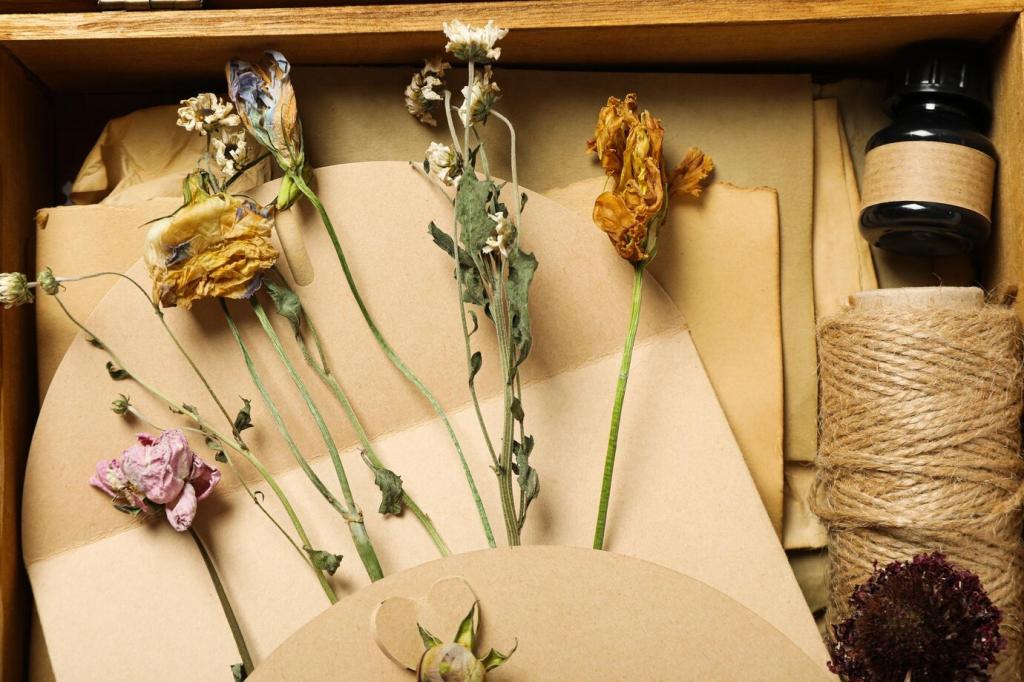
Projects Under $10 with Big Health Impact
Convert jars into mini planters with gravel and activated charcoal from an aquarium kit. Grow hardy, air-loving plants that help buffer indoor pollutants. For pennies, you enhance humidity, bring nature inside, and reduce the urge to buy disposable decor.
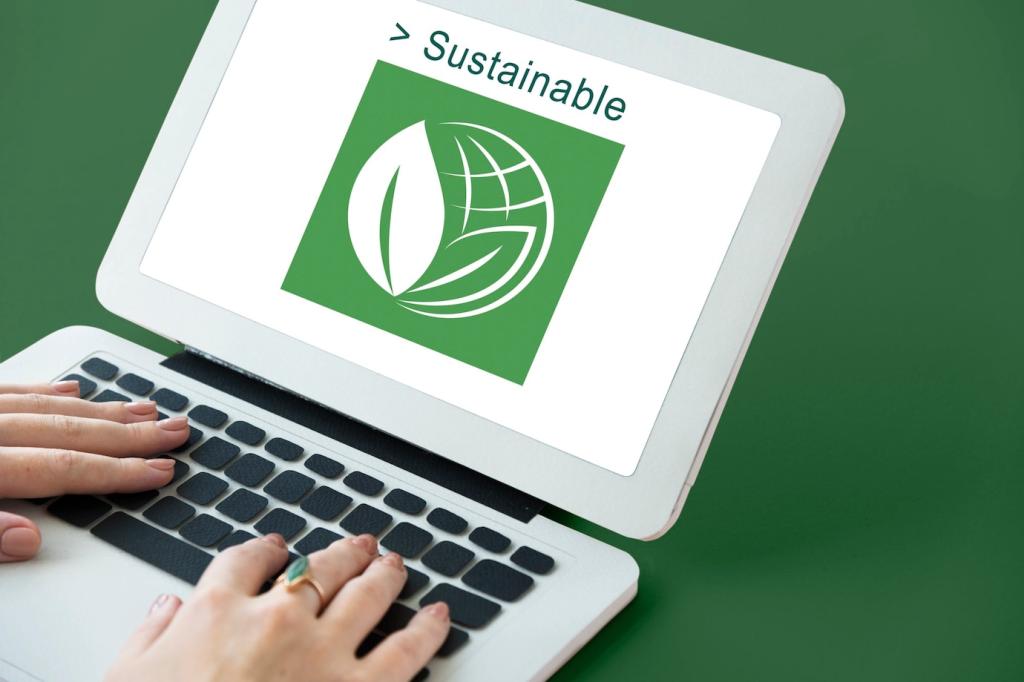
Projects Under $10 with Big Health Impact
Use a clean, heat-treated pallet, sand smooth, and seal with a water-based, low-VOC finish. Elevating shoes near the door reduces dust and street pollutants indoors. You save on furniture, improve air quality, and keep outdoor grime where it belongs.
Design Choices That Safeguard Environmental Health
Choose water-based, low-VOC paints and natural oils like tung or linseed. They protect surfaces without harsh fumes, making projects safer for kids’ rooms and kitchens. Share your favorite finishes in the comments so others can avoid trial-and-error purchases.
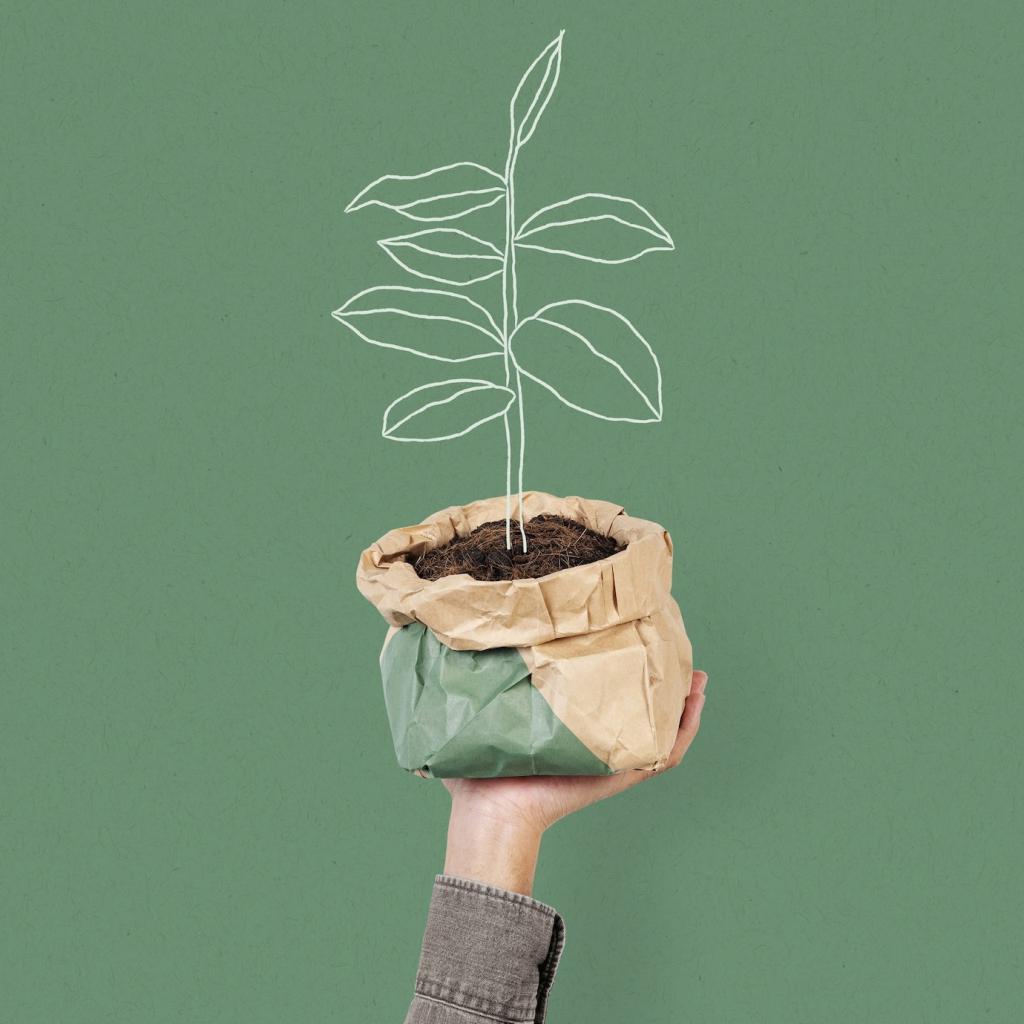
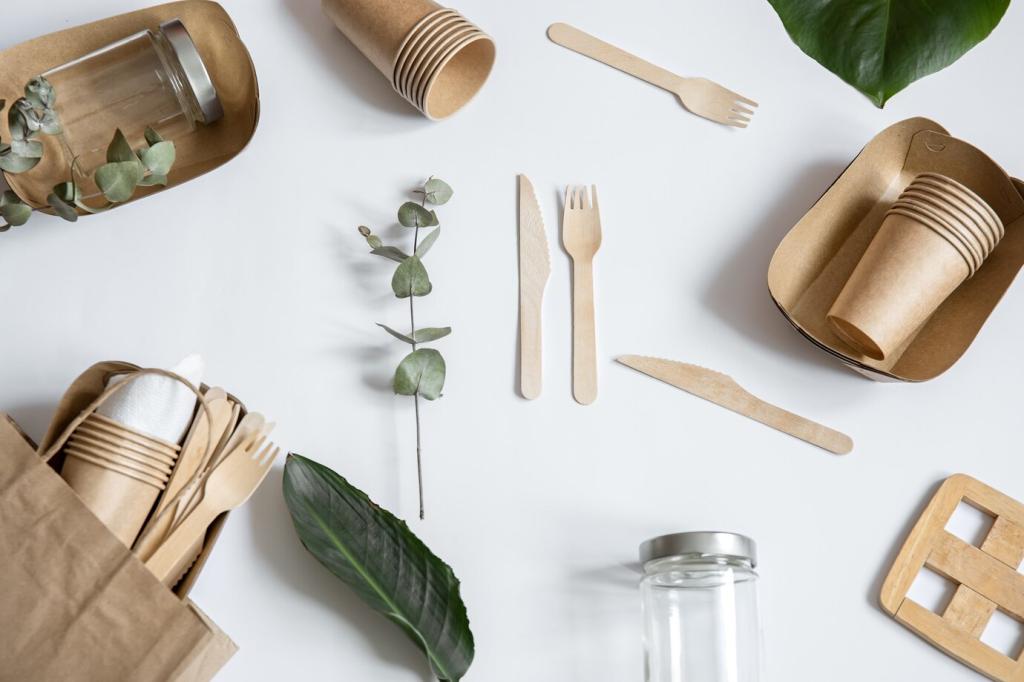
Community Stories: Small Budgets, Big Change
Chipped plates, a cracked basin, and leftover grout became vibrant mosaic planters. Her balcony buzzed with bees, and she skipped buying plastic pots. She posted the process, and three neighbors upcycled their broken dishes instead of tossing them.
Community Stories: Small Budgets, Big Change
Two offcuts and a hinge formed an ergonomic stand, finished with a low-VOC seal. His back thanked him, and his room ran cooler. He shared the template, sparing friends new purchases and cutting e-waste by repurposing parts from an old shelf.
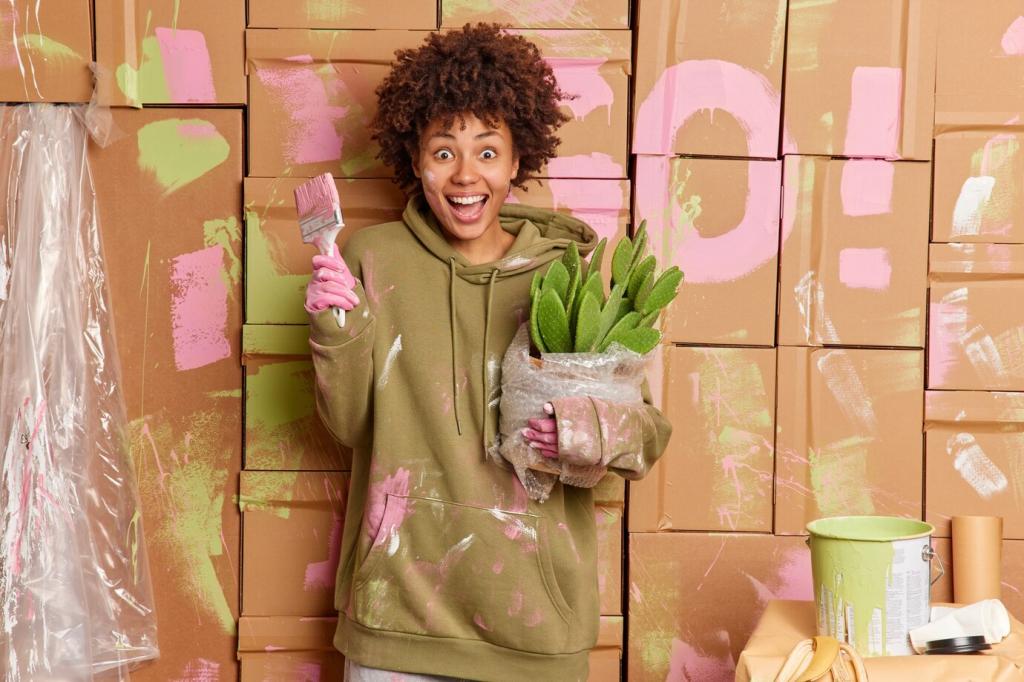
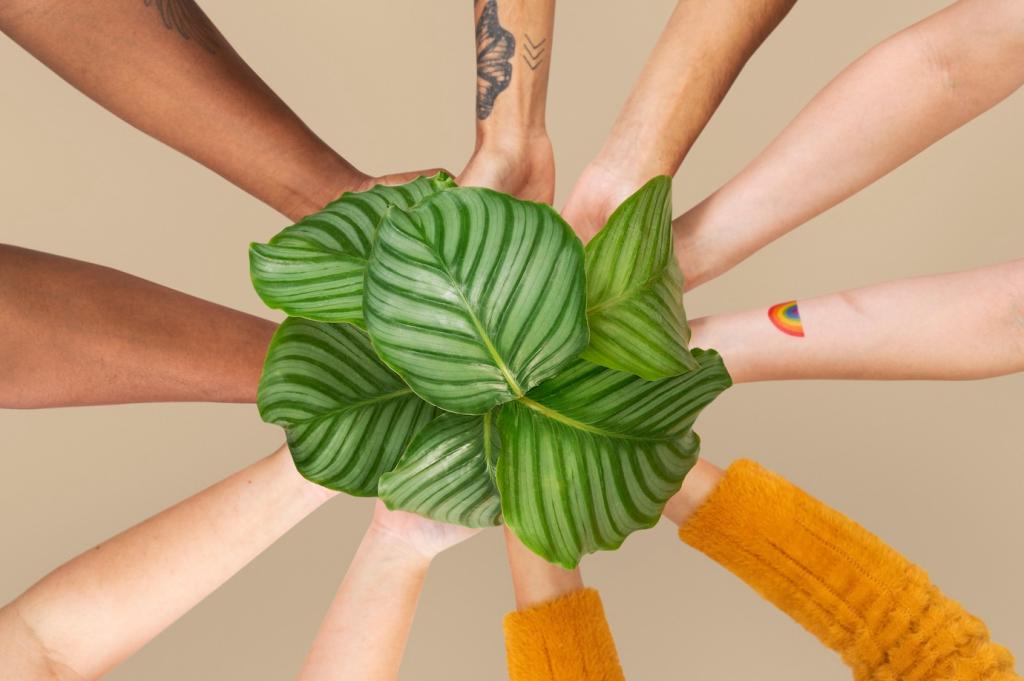
Keep It Circulating: Care, Share, and Repeat
Maintenance Rituals
Schedule quick checks: tighten screws, wipe dust with damp cloths to trap particles, and reapply low-tox finishes annually. Care prevents breakage, keeps microdust down, and ensures your upcycled pieces remain safe and functional for years at minimal cost.
Join or Start a Tool Library
Borrow infrequently used tools instead of buying. It reduces clutter, saves money, and limits the production of new gear. Post your local library in the comments, or ask here for tips on starting one with neighbors and community leaders.
Teach-and-Trade Evenings
Host skill swaps where one person demos safe stripping methods, another shares low-VOC finishes, and someone else teaches modular design. Everyone leaves with knowledge, repaired items, and new friends—proof that community is the most cost-efficient tool of all.
